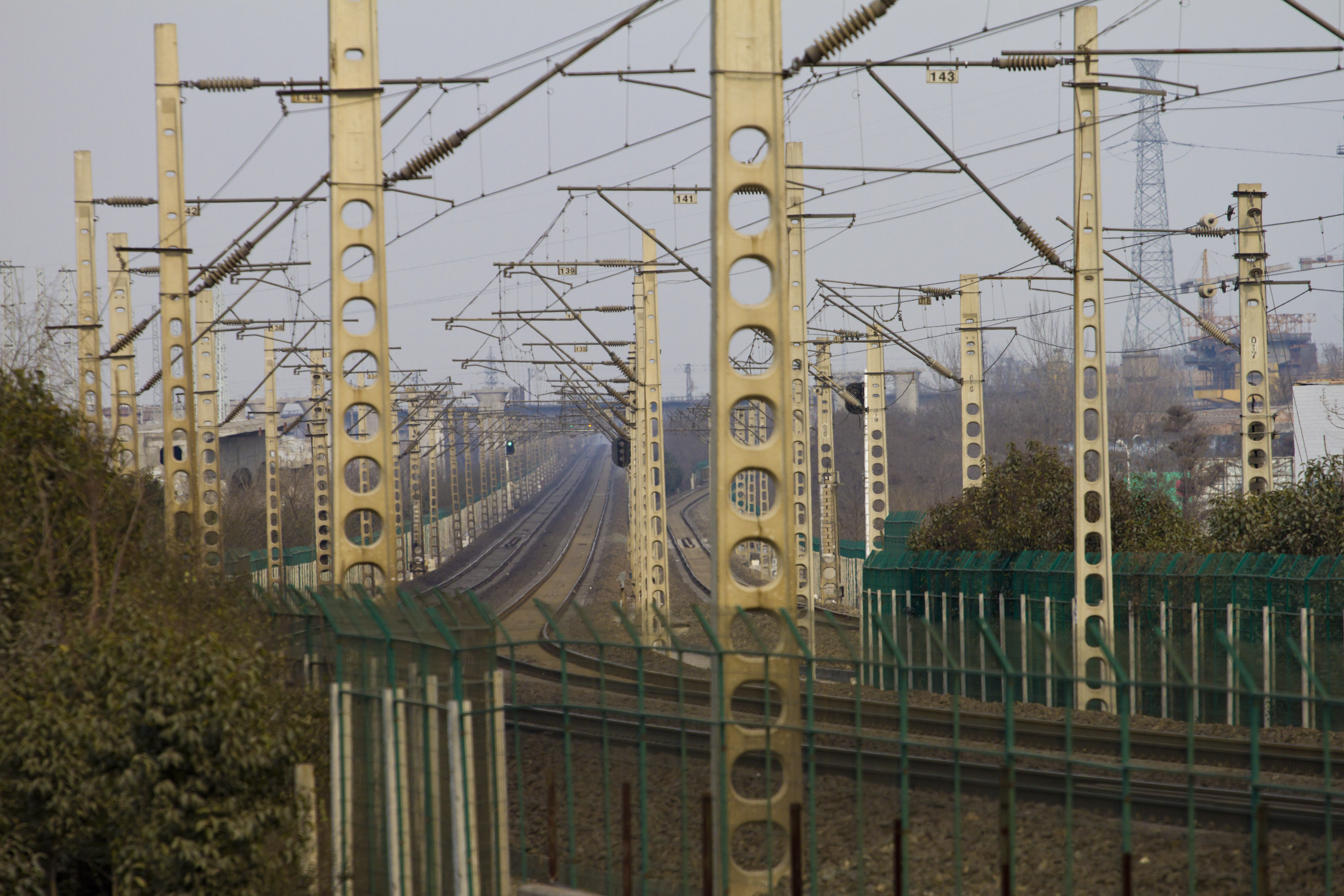|
Zhashui County
Zhashui County () is a county in the south-central part of Shaanxi province, China. It is under the administration of the prefecture-level city of Shangluo, and has an area of and a population of as of 2004. Administrative divisions As of 2020, Zhashui County has 1 Subdistricts and 8 Towns and 1 Townships under its administration. ;1 subdistrict * Qianyou () ;8 towns * Xingping () * Caoping () * Hongyansi () * Fenghuang () * Xiaoling () * Xialiang () * Yingpan () * Wafangkou () Climate Transportation Zhashui is served by the Xi'an–Ankang Railway The Xi'an–Ankang railway or Xikang railway (), is a single-track, electrified railway line in Shaanxi Province of China between Xi'an, the provincial capital, and Ankang. The line is long and was built from 1995 to 2001. As of June 2009, a sec .... References {{authority control County-level divisions of Shaanxi Shangluo ... [...More Info...] [...Related Items...] OR: [Wikipedia] [Google] [Baidu] |
Postal Code Of China
Postal codes in the People's Republic of China () are postal codes used by China Post for the delivery of letters and goods within mainland China. China Post uses a six-digit all-numerical system with four tiers: the first tier, composed of the first two digits, show the province, province-equivalent municipality, or autonomous region; the second tier, composed of the third digit, shows the postal zone within the province, municipality or autonomous region; the fourth digit serves as the third tier, which shows the postal office within prefectures or prefecture-level cities; the last two digits are the fourth tier, which indicates the specific mailing area for delivery. The range 000000–009999 was originally marked for Taiwan (The Republic of China) but is not used because it not under the control of the People's Republic of China. Mail to ROC is treated as international mail, and uses postal codes set forth by Chunghwa Post. Codes starting from 999 are the internal codes use ... [...More Info...] [...Related Items...] OR: [Wikipedia] [Google] [Baidu] |
National Bureau Of Statistics Of China
The National Bureau of Statistics (), abbreviated as NBS, is an deputy-cabinet level agency directly under the State Council of the People's Republic of China. It is responsible for collection, investigation, research and publication of statistics concerning the nation's economy, population and other aspects of the society. Ning Jizhe is the commissioner of the bureau since 2016. Responsibilities The bureau's authority and responsibilities are defined in ''China's Statistics Law''. It is responsible for the research of the nation's overall statistics and oversee the operations of its local counterparts. Organizations The bureau is led by a commissioner, with several deputy commissioners (currently four), a chief methodologist, a chief economist, and a chief information officer. It is composed of 18 departments, oversees 12 affiliated institutions and manages 32 survey organizations stationed in respective provinces. It also operates China Statistics Press. The national b ... [...More Info...] [...Related Items...] OR: [Wikipedia] [Google] [Baidu] |
Xi'an–Ankang Railway
The Xi'an–Ankang railway or Xikang railway (), is a single-track, electrified railway line in Shaanxi Province of China between Xi'an, the provincial capital, and Ankang. The line is long and was built from 1995 to 2001. As of June 2009, a second track is being planned for the line. Major cities and towns along route include Xi'an, Zhashui, Zhen'an County, Xunyang County and Ankang. Mitsue Mishima, "Xi’an–Ankang Railway Construction Project (1)-(3) (CXVII-P73, CXVIII-P73, CXIX-P73)" ''OPMAC'' October 2004 History Construction on the line began on 18 December 1996. The railway opened on 8 January 2001. The second track was completed and put into operation on 31 ...[...More Info...] [...Related Items...] OR: [Wikipedia] [Google] [Baidu] |
Fenghuang
''Fènghuáng'' (, ) are mythological birds found in Sinospheric mythology that reign over all other birds. The males were originally called ''fèng'' and the females ''huáng'', but such a distinction of gender is often no longer made and they are blurred into a single feminine entity so that the bird can be paired with the Chinese dragon, which is traditionally deemed male. It is known under similar names in various other languages ( Japanese: ; vi, phượng hoàng, italics=no or ; Korean: ). In the Western world, it is commonly called the Chinese phoenix or simply phoenix, although mythological similarities with the Western phoenix are superficial. Appearance A common depiction of fenghuang was of it attacking snakes with its talons and its wings spread. According to the ''Erya'''s chapter 17 ''Shiniao'', fenghuang is made up of the beak of a rooster, the face of a swallow, the forehead of a fowl, the neck of a snake, the breast of a goose, the back of a tortoise ... [...More Info...] [...Related Items...] OR: [Wikipedia] [Google] [Baidu] |
Xingping
Xingping () is a city located in the center part of Shaanxi province, China. It has been a city since 1993, with a total area of 496 square kilometers and a population of 620,000. The annual average temperature is and its annual precipitation of . At present, Xingping has developed more than 50 industries including maritime, aviation, electronics, medicine, and light industry. The historic sites of the city (also spelled Hsing-p’ing) can be found in Xingping Old Street and Fishing Village about from the town. The old banyan tree, which needs as many as eight people's outstretched arms to encircle it, and Guandi (General Guan Yu) Temple which was built during the Qing dynasty both tell the long history of the town. Other places of interest in the city includes the tomb of Han Maoling, Huo Yang's tomb and Xingping's North Tower. Liu Jin (also known as Liu Chin), born circa 1451 or 1452, is from the area of Xingping (Hsing-p’ing). A son of T’an lineage, when he was made a ... [...More Info...] [...Related Items...] OR: [Wikipedia] [Google] [Baidu] |
Qianyou Subdistrict
{{disambiguation ...
Qianyou may refer to: *Qianyou Subdistrict (乾佑街道), a subdistrict in Zhashui County, Shaanxi, China Historical eras *Qianyou (乾祐, 948–951), era name used by Liu Chengyou, emperor of Later Han, later continued by the Northern Han emperors Liu Chong and Liu Chengjun until 956 *Qianyou (乾祐, 1170–1193), era name used by Emperor Renzong of Western Xia Emperor Renzong of Western Xia (1124 – 16 October 1193), born Li Renxiao (), was the fifth emperor of the Tangut-led Western Xia dynasty of China. His reign from 1139 to 1193 was the longest among all Western Xia emperors. Li Renxiao was the ... [...More Info...] [...Related Items...] OR: [Wikipedia] [Google] [Baidu] |
Townships Of China
Townships (), formally township-level divisions (), are the basic level (fourth-level administrative units) of political divisions in China. They are similar to municipalities and communes in other countries and in turn may contain village committees and villages. In 1995 there were 29,502 townships and 17,532 towns (a total of 47,034 township-level divisions) in China. Much like other levels of government in mainland China, the township's governance is divided between the Communist Party Township Secretary, and the "county magistrate" (). The township party secretary, along with the township's party committee, determines policy. The magistrate is in charge of administering the daily affairs of government and executing policies as determined by the party committee. A township official is the lowest-level ranked official in the civil service hierarchy; in practice, however, the township party secretary and magistrate can amass high levels of personal power. A township government ... [...More Info...] [...Related Items...] OR: [Wikipedia] [Google] [Baidu] |


